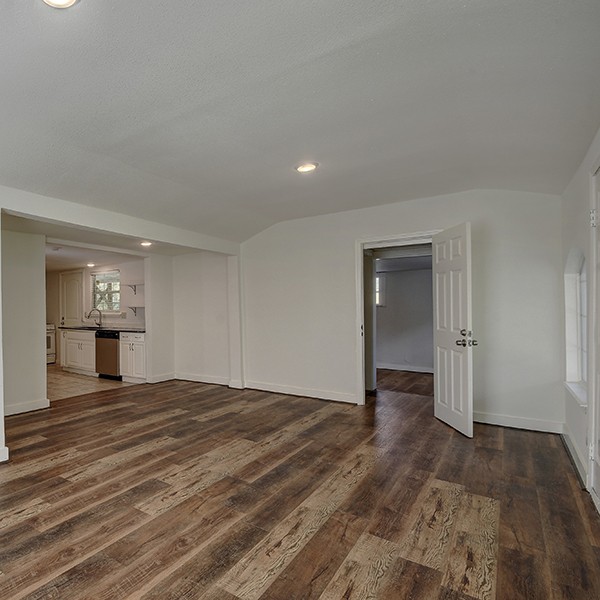The plank design is installed in a floating manner so it can move with temperature changes unlike a vinyl sheet that will become brittle and crack in extreme cold.
Vinyl flooring cold temperatures.
Vinyl plank flooring is engineered to look like wood but doesn t expand and contract as oak or maple would.
It will look and feel like someone put sand underneath your floor.
It is not recommended to use underlayment for vinyl flooring.
Vinyl is not made from wood and requires a sturdy subfloor with little cushioning.
The cold winters will probably be too much for an adhesive to deal with.
Vinyl plank flooring and cold temperatures do not go hand in hand.
There is always a risk that the cold weather is going to cause problems.
I know this cuz i ve cracked some pieces trying to install them in probably 20f weather so if you had a saggy baggy floor that moved when you walked on it i suppose there could be some risk of cracking.
I would expect 7 10 years out of a floating vinyl floor.
Can you offset these problems by using a thermal underlay.
If you are thinking about thermal underlayment for vinyl flooring this might cause instability to the flooring.
Well vinyl flooring does get stiff and brittle in the cold.
Adhesives become brittle and then crumble below 40f some can get to 28f but then you are done.
Therefore you have to be careful.










